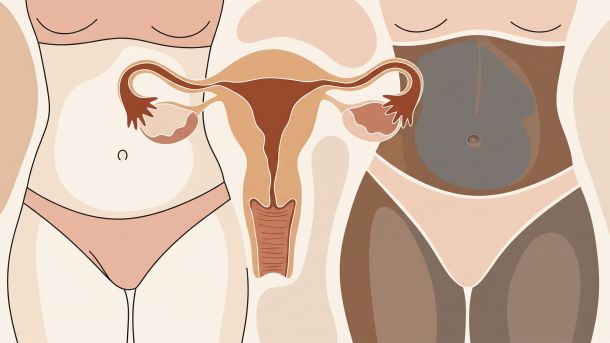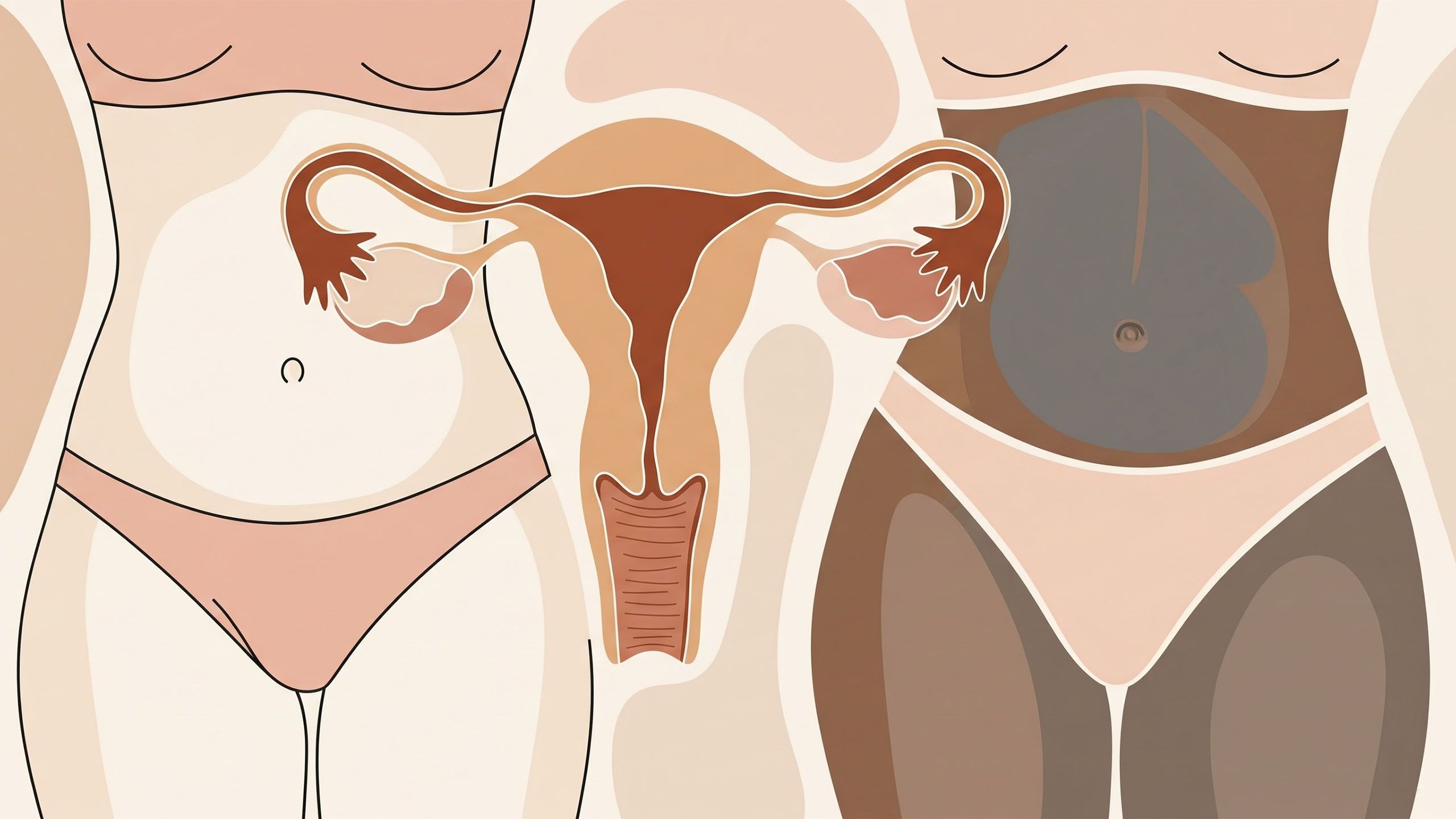Debunking the Myth: Vaginal Tightness and Sexual Promiscuity

The belief that vaginal tightness or looseness is a direct indicator of sexual promiscuity is a pervasive and harmful myth that has long contributed to misunderstanding and stigmatization of female sexuality. This misconception not only misrepresents the biological realities of the vagina but also perpetuates damaging stereotypes that can affect self-esteem, relationships, and societal attitudes toward women. By examining the origins of this myth, its cultural implications, and the scientific facts, we can work toward dismantling these harmful narratives and fostering a healthier understanding of female anatomy.
Origins of the Myth
The idea that a "tight" vagina signifies sexual inexperience or purity, while a "loose" vagina indicates promiscuity, is deeply rooted in historical and cultural misconceptions about female sexuality. In many societies, virginity and sexual restraint have been idealized, often tied to notions of morality or value, particularly for women. This myth likely stems from misunderstandings about the vagina's anatomy, particularly the role of the hymen, which was historically (and inaccurately) seen as a "seal" broken during first intercourse. Over time, this evolved into broader assumptions about vaginal elasticity, with "tightness" equated with fewer sexual partners and "looseness" with sexual promiscuity.
These ideas have been reinforced by patriarchal structures, particularly Muslim, Hindu, and other faith-based communities that prioritize female chastity, as well as by media, women themselves, misinformation, and a lack of comprehensive sexual education. Such narratives often place undue pressure on women to conform to unrealistic standards, while simultaneously ignoring the biological realities of the vagina.
The Biological Reality
The vagina is a highly elastic and muscular organ designed to stretch and contract as needed. It can expand significantly during sexual arousal, childbirth, or medical procedures and generally returns to its baseline state afterward due to the strength and elasticity of its muscular walls. Several factors influence vaginal tone, including:
- Pelvic Floor Muscles: The pelvic floor muscles, which surround the vagina, play a significant role in its perceived "tightness." These muscles can be strengthened through exercises like Kegels or weakened by factors such as aging, childbirth, or lack of exercise, but these changes are not directly tied to sexual activity.
- Hormonal Fluctuations: Hormonal changes during the menstrual cycle, pregnancy, menopause, or breastfeeding can affect vaginal lubrication and elasticity, altering how the vagina feels temporarily.
- Arousal and Relaxation: During sexual arousal, the vagina naturally relaxes and lubricates to accommodate penetration, which can create a sensation of "looseness" that is entirely normal and functional.
- Individual Variation: Just as every body is unique, so too is the baseline tone and elasticity of every vagina. These differences are natural and not indicative of sexual history.
Importantly, frequent sexual activity does not cause permanent "loosening" of the vagina. Studies show that the vagina's elasticity allows it to adapt to regular penetration without losing its ability to return to its normal state. Even after childbirth, while the vagina may undergo temporary changes, it typically regains its tone over time, especially with pelvic floor exercises. The notion that sexual promiscuity—however one defines it—leads to a permanently "loose" vagina is simply not supported by science.
Factor Affecting Vaginal Tone |
Reality |
Myth |
|---|---|---|
| Pelvic Floor Muscles | Can be strengthened (e.g., Kegels) or weakened (e.g., aging, childbirth), not tied to sexual activity. | More sexual partners cause permanent loosening. |
| Hormonal Fluctuations | Affect lubrication and elasticity temporarily (e.g., menopause, pregnancy). | Vaginal "looseness" indicates promiscuity. |
| Arousal and Relaxation | Vagina relaxes naturally during arousal, a normal function. | "Looseness" during sex reflects sexual history. |
| Individual Variation | Natural differences in vaginal tone exist across individuals. | All vaginas should feel "tight" if sexually inexperienced. |
Harmful Implications of the Myth
The myth linking vaginal tightness to sexual promiscuity has far-reaching consequences, particularly for women’s mental and emotional well-being. Some of the key harms include:
- Shame and Stigma: Women may feel judged or devalued based on assumptions about their sexual history, leading to shame or self-consciousness about their bodies.
- Pressure to Conform: The myth reinforces unrealistic standards of "purity" or sexual restraint, placing pressure on women to limit their sexual expression to avoid being labeled as promiscuous.
- Sexual Inequality: The belief disproportionately targets women, perpetuating double standards where male sexual activity is rarely scrutinized in the same way. This contributes to broader societal inequalities.
- Impact on Relationships: Misconceptions about vaginal tightness can create tension in intimate relationships, with partners wrongly attributing physical sensations to sexual history rather than natural variation or arousal.
- Barriers to Sexual Health: Cultural taboos around discussing sexual health in religious settings can prevent women from accessing accurate information or seeking medical care for vaginal health issues, such as infections or pelvic floor concerns.
This myth also ignores the diversity of sexual experiences and the fact that sexual activity is a personal choice, not a determinant of physical or moral worth.
Countering the Myth with Education
Dispelling the myth requires a commitment to accurate sexual education and open conversations about female anatomy. Here are some steps to promote a healthier understanding:
- Comprehensive Sexual Education: Schools, healthcare providers, and communities should prioritize evidence-based education that explains the vagina’s anatomy and function, emphasizing its elasticity and natural variations.
- Normalizing Body Diversity: Media and public discourse should celebrate the diversity of bodies, countering idealized or unrealistic portrayals of female anatomy and showing the female body more openly.
- Encouraging Pelvic Floor Health: Promoting exercises like Kegels can empower individuals to maintain vaginal tone for health reasons, not as a response to societal pressures.
- Challenging Stereotypes: Open discussions about the harm caused by linking vaginal tightness to promiscuity can help dismantle the narratives and foster more inclusive attitudes toward sexuality.
Moving Toward a Healthier Perspective
The belief that vaginal tightness or looseness reflects sexual promiscuity is a myth that thrives on misinformation and cultural biases, particularly in Muslim, Hindu, and other religious communities.
By understanding the vagina’s biological realities—its elasticity, adaptability, and natural variation—we can reject these harmful stereotypes. Every individual’s body is unique, and sexual history does not define physical or personal value. Embracing accurate information and fostering open, shame-free conversations about female anatomy is essential for promoting self-confidence, healthy relationships, and equitable attitudes toward sexuality.
Have you encountered this myth in your own experiences, or are there other misconceptions about sexual health you’d like to explore?
Disclaimer: The articles and information provided by the Vagina Institute are for informational and educational purposes only. This content is not intended to be a substitute for professional medical advice, diagnosis, or treatment. Always seek the advice of your physician or another qualified health provider with any questions you may have regarding a medical condition.


 English
English  Deutsch
Deutsch  Español
Español  Français
Français 





